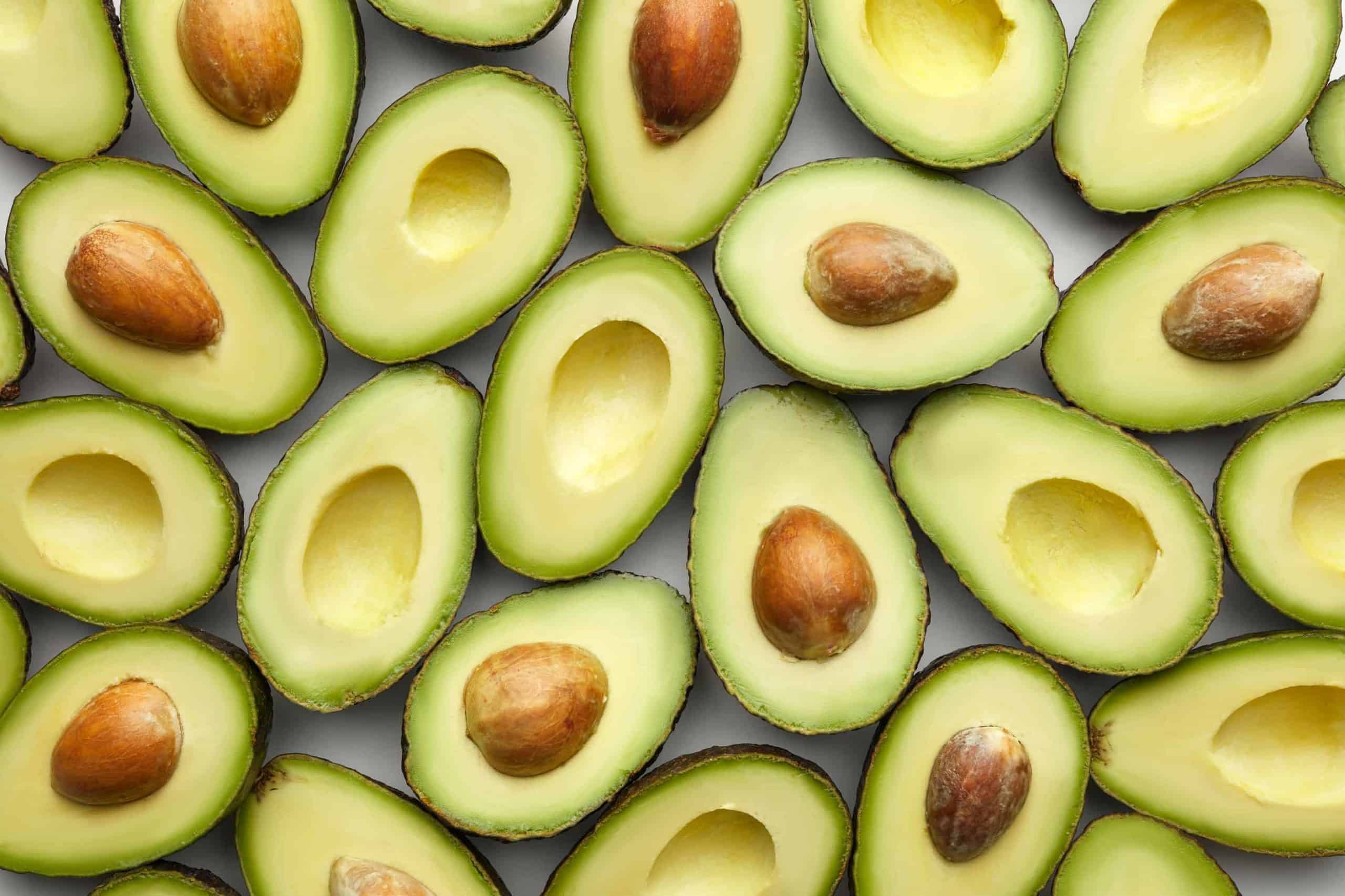Did you know the human brain is nearly 60% fat?
We were pretty surprised, too. And the brain is kind of our thing.
Fat isn’t the enemy we once imagined it to be. (Remember nonfat cheese puffs? That was quite the trend.)
Since our bodies can’t produce the essential fatty acids that make up the brain, we actually need to eat fat to keep our brain healthy.
And certain vitamins (vitamins A, D, E and K) are better absorbed when eaten with fat. We call these vitamins fat-soluble.
We also need fat for energy. Sure, carbohydrates work for a quick burst of fuel, but if we’re moving for more than 20 minutes or so, our bodies prefer to dip into our fat reserves.
But before you go grab that tub of peanut butter, let’s check out the different types of fat.
Note: This article is based on our Noom Weight curriculum. Learn more below.
The different types of fat
- Unsaturated fat: This is what your doctor calls “good fat”—partly because it can raise our good cholesterol (HDL). Olive oil, fatty fish, avocados, and nuts are all high in unsaturated fat.
- Saturated fat: The “in between” fat. Historically, it’s been linked to an increase in LDL—bad cholesterol. But it’s unclear whether saturated fat increases the risk of heart disease, and recent studies have resulted in conflicting findings. For now, moderation is best. Examples include red meat, butter, bacon, cream, and cheese.
- Trans fat: Remember trans fat? It’s when food scientists got a little beaker-happy at the lab… and literally created a monster. Trans fat is definitely linked to heart disease, so if you see it on a label, run in the other direction. (And call the FDA to report it, because that stuff is banned.)
Now let’s talk about fat when it comes to weight loss. During the nonfat-everything era, people believed that to lose fat, you had to avoid fat.
How eating healthy fats can help you lose weight
You already know that fat is actually good. And here’s some more proof:
Real results with a personalized weight loss program
Take the quiz!

The New England Journal of Medicine revealed that people lost more weight on low-carb diets and Mediterranean diets than they did on low-fat diets.
Annals of Internal Medicine also found that limiting carbohydrates resulted in more weight loss than limiting fat, and that a low-carb diet may be an effective way to lose weight and reduce risk of heart disease.
Fats are good in moderation. And they may do all sorts of good things for your body. But eating too much of them can add up calorie-wise—and fast. Gram for gram, protein and carbohydrates each have 4 calories, but fat has 9.
Do you think you’d feel more full after eating a tablespoon of olive oil (pure fat) or a pint of strawberries (mostly carbohydrates)? We bet the strawberries win every time—even though both foods have the same number of calories.
Ah, caloric density. Never ceases to amaze us.
Conclusion? When it comes to weight loss, do what works for you. At the end of the day, it’s the number of calories you’re eating that will really make the difference.
Pass on trans fats, try not to eat a tub of cream cheese frosting, and focus more on unsaturated fats from nutritious sources like avocados, fish, nuts, and seeds.
Note: This article is based on our Noom Weight curriculum. Learn more below.



